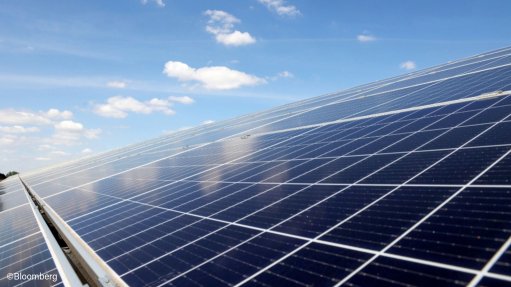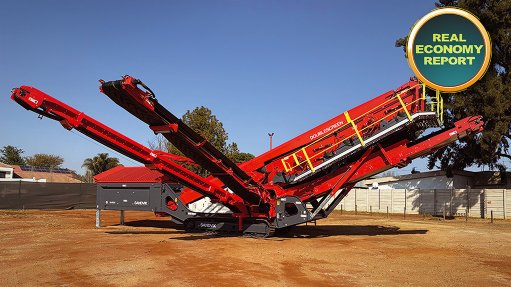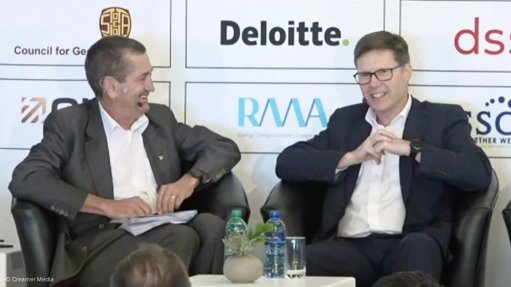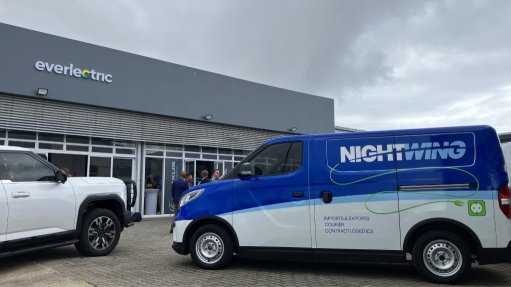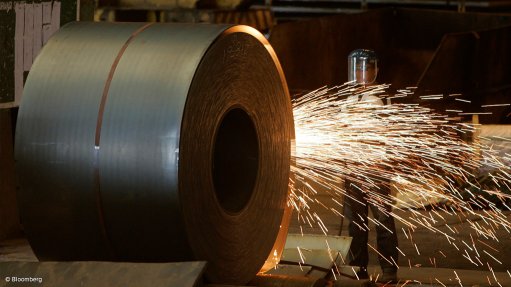Imports from China, India surge as cash-strapped consumers seek cheaper cars
The domestic new-vehicle market saw a surge in imports from India and China last year, with buyers increasingly opting for cheaper imported cars than those made in South Africa.
India led the import market in 2019, with 106 000 units coming to South Africa, with China at number six, at 11 443 units.
Nine of the biggest-selling cars and light commercial vehicles in South Africa were made locally in 2019.
The newly released 2023 Automotive Export Manual, published by the Automotive Industry Export Council (AIEC), shows that imports from India surged to 165 910 units last year, ensuring it remains in the top spot as South Africa’s biggest vehicle import market by volume.
Last year also saw China jump into second spot in terms of vehicle import markets, at 34 939 units, eclipsing Germany, which took the silver medal in 2019.
Also, only seven of the top-ten selling cars, bakkies and vans sold in South Africa in 2022 were made locally.
These numbers are proof of a strong and continued buying-down trend in the South African market as struggling consumers increasingly opt for lower-cost vehicles from Asia.
While not all vehicles imported from India are entry-level vehicles, the country is known as a production hub for more affordable cars.
The only more affordable vehicles made in South Africa are the Volkswagen Polo and Polo Vivo, with the other models largely premium cars and one-ton bakkies.
China has made inroads into the South African market on the back of more affordable sports-utility vehicles – a very popular vehicle type locally – offering higher specs at lower prices than traditional competitors.
In total, the percentage of light vehicles imported into South Africa has increased from 55.7% of the total new-vehicle market in 2018, to 64.8% in 2022.
The AIEC also notes that South Africa’s share of the African market in terms of production has shrunk from 57.2% in 2019, to 54.4% in 2022, as other, northern, markets pick up steam in terms of manufacturing.
In terms of component exports, the report notes that catalytic converters remained the top automotive component exported from South Africa, comprising 48.3% of total component exports, followed by engine parts, tyres and radiators and parts.
Automotive component exports reached a record R70.3-billion in 2022.
Germany and other developed markets have been the South African automotive industry’s top export destinations for component exports over the past three decades.
However, as Europe is rapidly switching to battery electric vehicles (EVs), South Africa will urgently need to find new markets for its two top-selling parts exports, which are linked to traditional internal combustion engines (ICEs), or move to diversify its offering.
Three out of every four vehicles – ICEs and hybrids – exported from South Africa were destined for the European Union (EU) and the UK in 2022.
New-energy vehicle (NEV) sales comprised 0.88% of total new-vehicle sales in South Africa in 2022 – or 4 674 units from 15 brands. In contrast, EVs had a 12.1% market share in the EU car market in 2022, jumping from 1.9% in 2019.
AIEC director Dr Norman Lamprecht says the Department of Trade, Industry and Competition has indicated that it should announce its policy on NEVs, which includes EVs, by the end of March next year.
South Africa currently has no EV-specific support programme in place to move its auto industry from ICE vehicles to EVs, both in terms of production and consumer demand.
“The imminent demand for eco-friendly vehicles in traditional markets means that the transition to NEVs is inevitable for the export-oriented domestic automotive industry, and it will need to commence with making significant investments in innovation and NEV technology,” says Lamprecht.
The automotive industry is the country’s largest manufacturing industry.
Comments
Press Office
Announcements
What's On
Subscribe to improve your user experience...
Option 1 (equivalent of R125 a month):
Receive a weekly copy of Creamer Media's Engineering News & Mining Weekly magazine
(print copy for those in South Africa and e-magazine for those outside of South Africa)
Receive daily email newsletters
Access to full search results
Access archive of magazine back copies
Access to Projects in Progress
Access to ONE Research Report of your choice in PDF format
Option 2 (equivalent of R375 a month):
All benefits from Option 1
PLUS
Access to Creamer Media's Research Channel Africa for ALL Research Reports, in PDF format, on various industrial and mining sectors
including Electricity; Water; Energy Transition; Hydrogen; Roads, Rail and Ports; Coal; Gold; Platinum; Battery Metals; etc.
Already a subscriber?
Forgotten your password?
Receive weekly copy of Creamer Media's Engineering News & Mining Weekly magazine (print copy for those in South Africa and e-magazine for those outside of South Africa)
➕
Recieve daily email newsletters
➕
Access to full search results
➕
Access archive of magazine back copies
➕
Access to Projects in Progress
➕
Access to ONE Research Report of your choice in PDF format
RESEARCH CHANNEL AFRICA
R4500 (equivalent of R375 a month)
SUBSCRIBEAll benefits from Option 1
➕
Access to Creamer Media's Research Channel Africa for ALL Research Reports on various industrial and mining sectors, in PDF format, including on:
Electricity
➕
Water
➕
Energy Transition
➕
Hydrogen
➕
Roads, Rail and Ports
➕
Coal
➕
Gold
➕
Platinum
➕
Battery Metals
➕
etc.
Receive all benefits from Option 1 or Option 2 delivered to numerous people at your company
➕
Multiple User names and Passwords for simultaneous log-ins
➕
Intranet integration access to all in your organisation










